Chiller Safety Measures
Chiller Safety Measures
Ensuring security when working and maintaining chiller systems is basic to secure faculty, anticipate accidents, and maintain system integrity. Chiller Safety Measures, here are a few vital security measures to consider when working with chillers :
Preparing and Certification:
- Guarantee that faculty dependable for working, maintaining, and overhauling chillers are satisfactorily prepared and certified to perform their duties securely. Give comprehensive preparing on chiller operation, maintenance strategies, security conventions, and emergency reaction strategies.
Personal Protective Equipment (PPE):
- Require faculty to wear suitable personal protective equipment (PPE) when working with chillers, counting security glasses, gloves, hearing assurance, and respiratory assurance as required. Give specialized PPE for errands such as taking care of refrigerants, chemicals, or hot surfaces.
Equipment Inspection and Maintenance:
- Frequently assess and maintain chiller hardware to distinguish and address potential security hazards, such as spills, corrosion, electrical issues, or mechanical disappointments. Take after producer proposals for planned support assignments, lubrication, and component inspections to guarantee secure and solid operation.
Chemical Handling and Storage:
- Appropriately handle, store, and arrange of chemicals utilized in chiller systems, such as refrigerants, water treatment chemicals, and cleaning operators. Take after security information sheets (SDS) and producer informational for chemical dealing with, capacity prerequisites, spill reaction methods, and waste disposal practices.
Electrical Safety:
- Follow to electrical security hones when working with chiller electrical components, counting disengaging power sources, locking out/tagging out electrical circuits, and taking after appropriate grounding strategies. Guarantee that electrical boards, wiring, and associations are assessed, maintained, and secured from moisture and damage.
Refrigerant Safety:
- Handle refrigerants securely to avoid presentation to harmful chemicals and environmental damage. Utilize proper refrigerant recuperation, reusing, and transfer hardware to minimize leaks and emissions. Take after built up conventions for refrigerant handling, spill location, and clearing strategies to secure faculty and the environment.
Emergency Preparedness:
- Establish crisis reaction plans and methods for chiller-related occurrences, including leaks, spills, fires, and gear disappointments. Prepare work force on crisis reaction conventions, departure strategies, and the utilize of crisis eyewashes, showers, and first help hardware. Maintain crisis contact data for neighborhood specialists, dangerous materials reaction groups, and medical facilities.
Ventilation and Air Quality:
- Guarantee satisfactory ventilation and air quality in chiller rooms and gear enclosures to anticipate presentation to airborne contaminants, gasses, or refrigerant spills. Introduce ventilation systems, gas discovery sensors, and alerts to screen air quality and give early caution of potential hazards.
Access Control and Security:
- Control get to to chiller rooms and hardware enclosures to avoid unauthorized passage and altering. Introduce locks, get to controls, and security cameras to restrict get to to authorized personnel as it were and prevent vandalism or attack.
Documentation and Record-Keeping:
- Maintain precise records of chiller maintenance exercises, assessments, security reviews, and preparing certifications. Keep documentation promptly available for administrative compliance, security reviews, and incident examinations.
By actualizing these safety measures and advancing a culture of safety awareness, organizations can minimize dangers related with chiller operations, secure faculty and resources, and guarantee secure and solid operation of chiller systems. Normal security preparing, hardware reviews, and compliance with industry standards and directions are basic for maintaining a secure working environment when working with chillers.
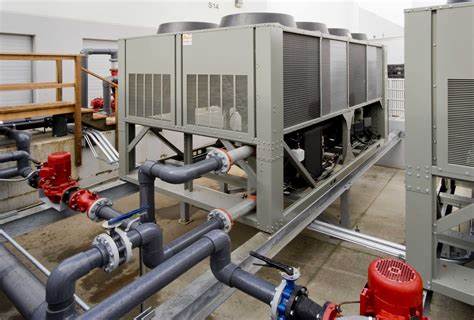


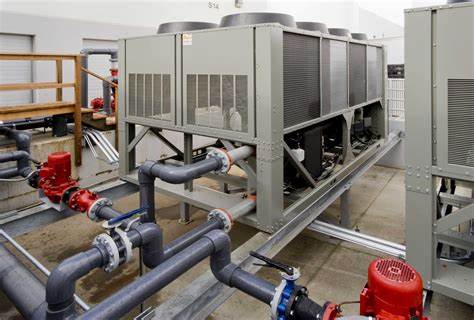
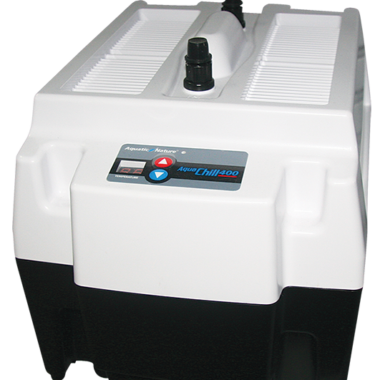
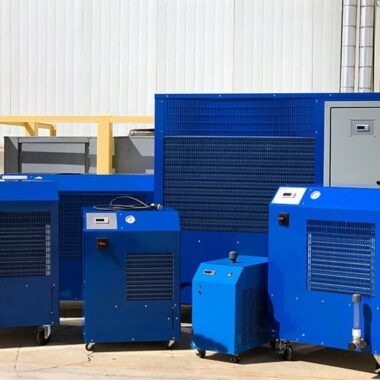
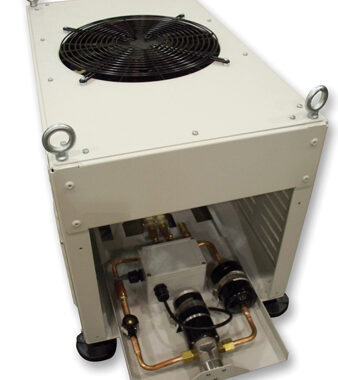

Chiller Maintenance Tips for Laser Cooling Systems - Cool Fab Equipments February 29, 2024 at 11:36 am
[…] prevent breakdowns, minimize downtime, and preserve the quality of laser output. Here are a few chiller support tips particularly tailored for laser cooling […]